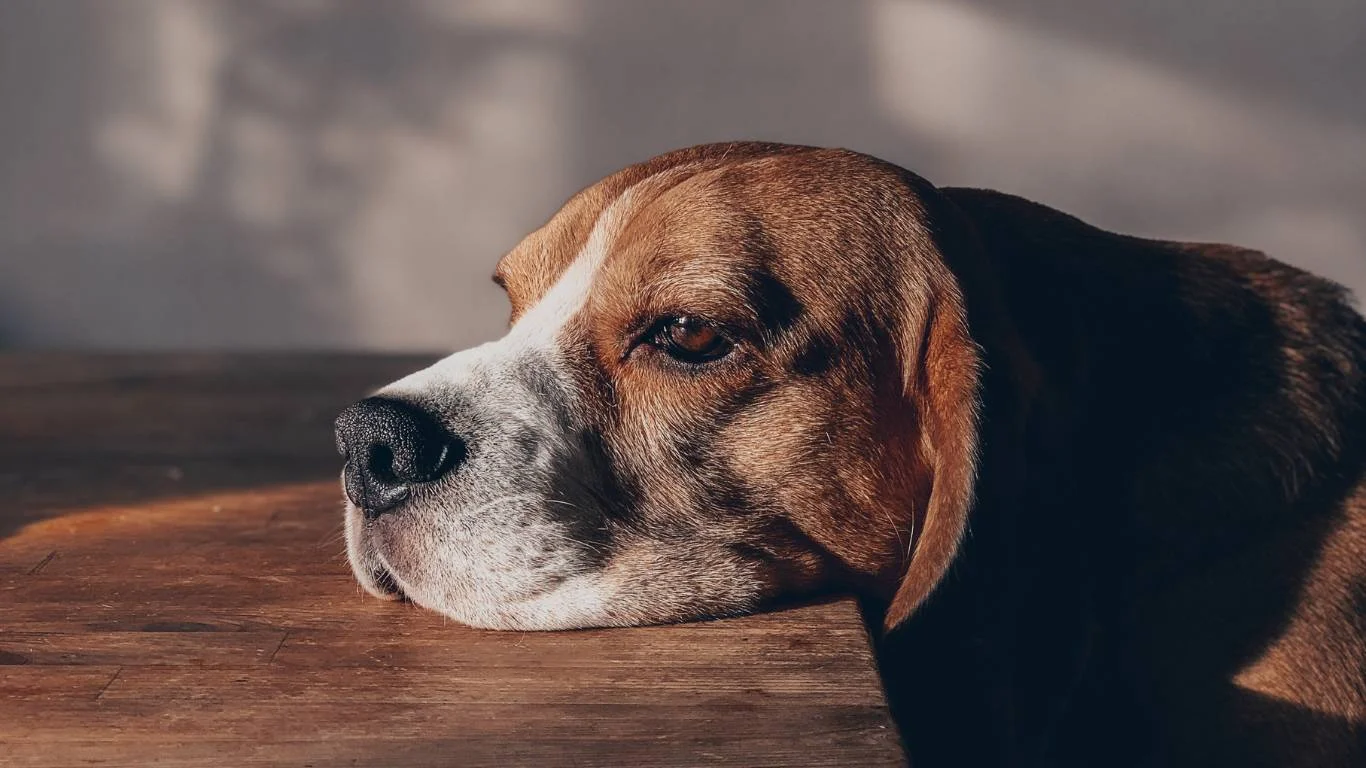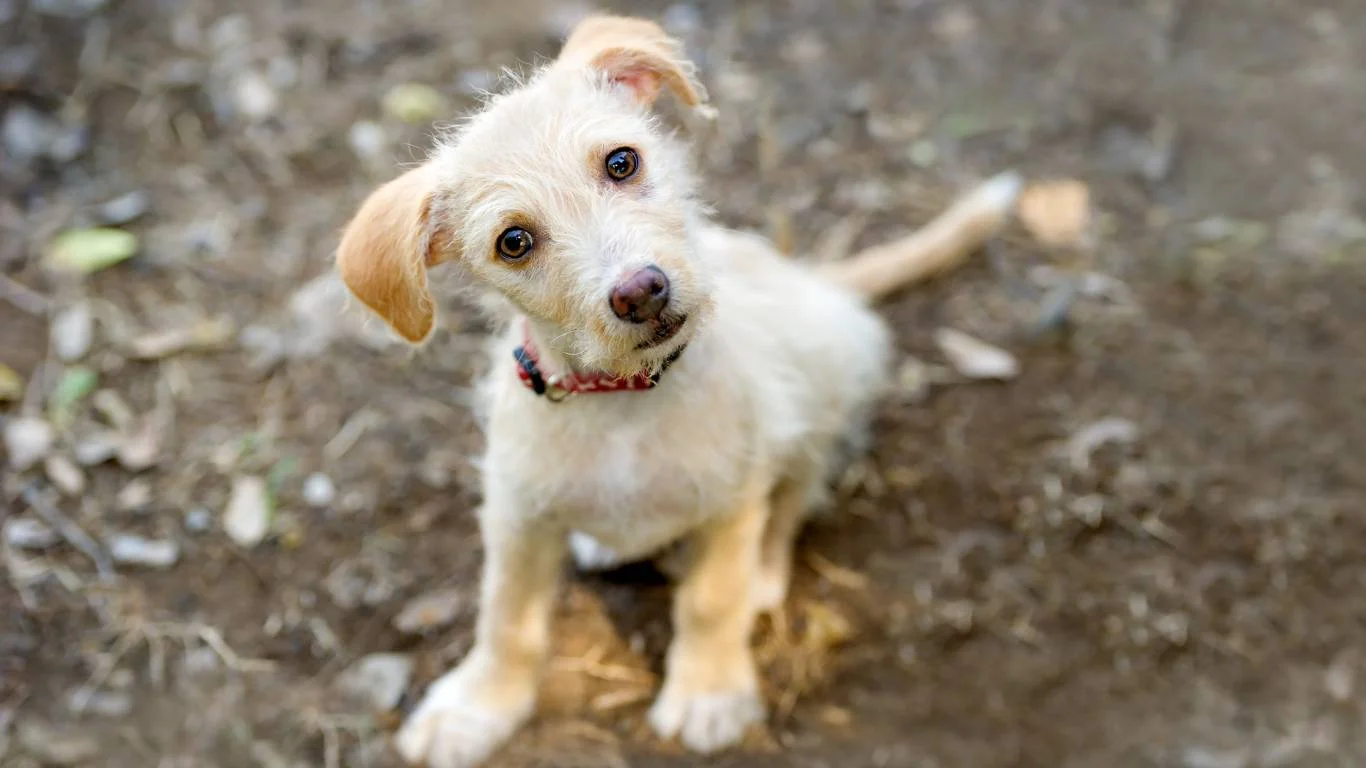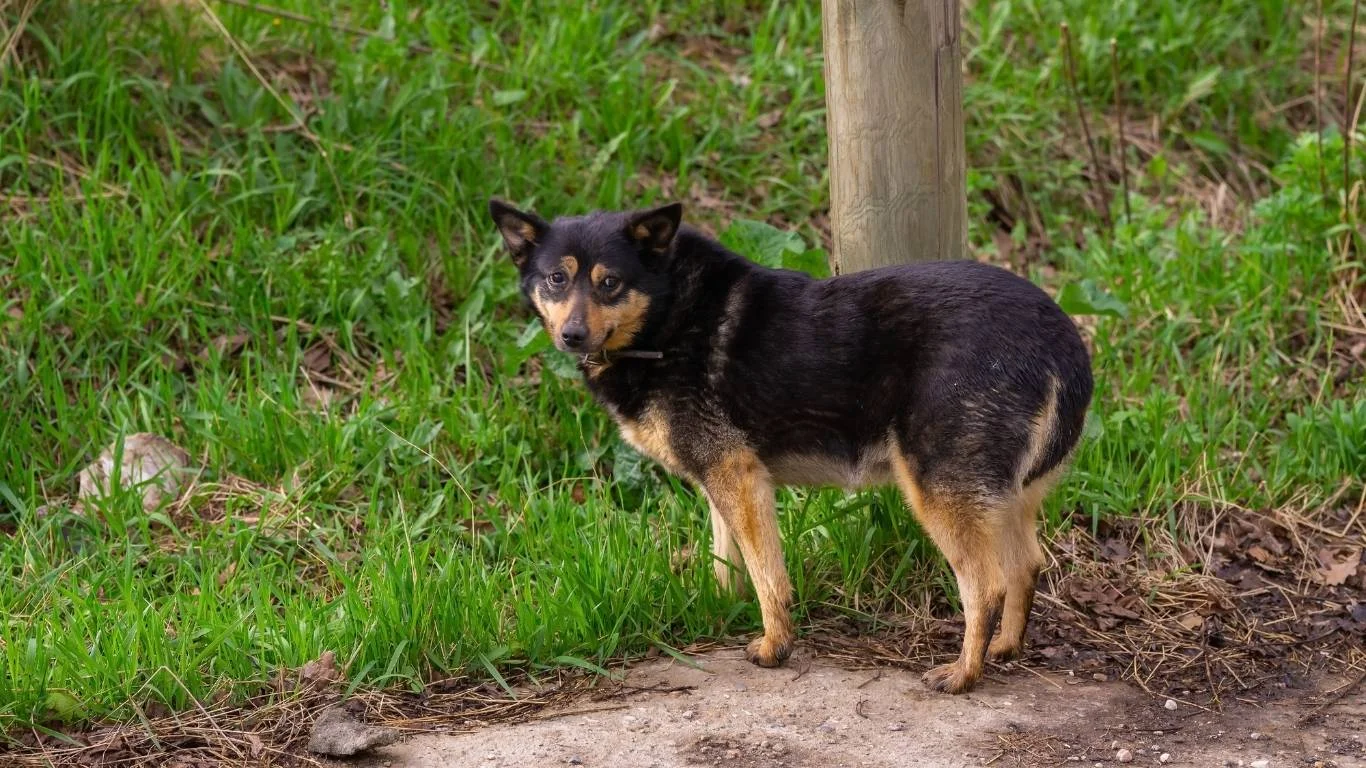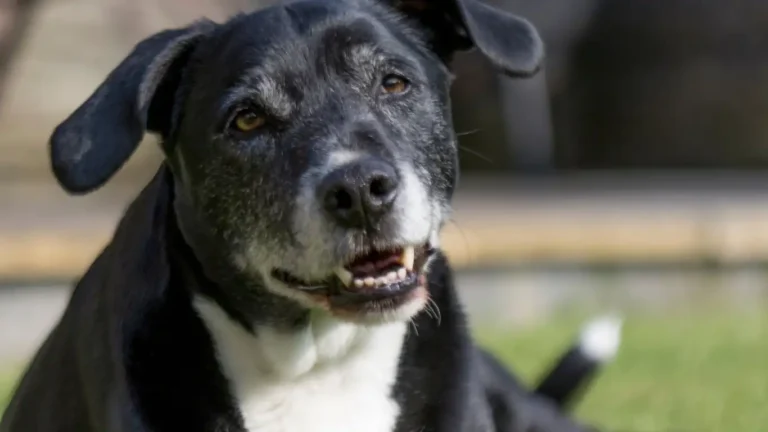10 Effective Ways to Protect a Dog’s Coat from Sun Damage
As a Veterinary Assistant with a focus on nutrition, I’ve seen firsthand how important it is to pay attention to every detail when it comes to caring for our pets. One of the often overlooked aspects of dog health is how to protect a dog’s coat from sun damage. Many pet owners might not realize that just like humans, dogs can suffer from sunburn, skin damage, and other serious issues if their coats aren’t properly cared for. In this guide, we’ll dive deep into how you can protect your dog’s skin and coat, keeping them happy and healthy in the sun.
Why Protecting Your Dog’s Coat from Sun Damage is Crucial
When the sun is shining brightly, you might be thinking about applying sunscreen to your own skin, but have you considered that your dog might need protection too? Just like us, dogs are susceptible to the harmful effects of UV rays. The sun’s rays can lead to sunburns, heat stroke, and even more serious conditions like skin cancer. A dog’s coat, especially if it’s short or thin, doesn’t always provide the protection needed to shield them from these risks. Let’s explore why sun protection for your dog’s coat is so important.

Dogs with lighter fur or hairless breeds are particularly vulnerable to sun damage. They don’t have the thick fur that can block out UV rays, which means they’re at a higher risk of suffering from burns and other sun-related issues. Even breeds with thicker coats can still be impacted by prolonged sun exposure, leading to dry, brittle fur and skin problems.
Understanding the Different Types of Dog Coats
Not all dog coats are the same, and this is important when considering how to protect a dog’s coat from sun damage. Different breeds have varying levels of coat thickness, which can affect their ability to cope with sun exposure. Understanding your dog’s coat type is the first step in providing the right level of protection.
- Short-Coated Dogs: These breeds are at higher risk for sunburn and sun damage. Breeds like Greyhounds, Beagles, and Whippets, with minimal fur, need extra protection when outdoors in the sun.
- Double-Coated Dogs: Dogs like Huskies, Collies, and Golden Retrievers have thicker coats with an undercoat. While their fur provides some level of protection, it’s not foolproof. Prolonged sun exposure can still harm their skin underneath.
- Hairless Dogs: Breeds like the Chinese Crested or Xoloitzcuintli are highly susceptible to sunburn due to their lack of fur. These dogs require constant sun protection, including sunscreen and shaded areas.
The Risks of Sun Exposure for Dogs
If you’re wondering why sun protection for dogs is so critical, let me break it down for you. Prolonged exposure to the sun can lead to a number of health issues, some of which can be serious if not addressed early.

- Sunburn: Just like humans, dogs can get sunburned, especially those with thin or light-colored coats. This can cause painful, red skin and discomfort.
- Skin Cancer: Repeated sun exposure can increase the risk of developing skin cancer. Dogs with lighter coats or exposed skin, like the belly, are at a higher risk.
- Heatstroke: When dogs are overexposed to the sun, their body temperature can rise to dangerous levels. Heatstroke is a life-threatening condition that requires immediate attention.
- Dry, Brittle Coat: Excessive sun exposure can dry out your dog’s coat, leading to hair loss or breakage. This is especially true for dogs with already dry or damaged fur.
How to Protect Your Dog’s Coat from Sun Damage
Now that you know why it’s so important to protect your dog’s coat from the sun, let’s talk about the best ways to keep them safe. As a Veterinary Assistant, I’ve seen a variety of methods that work wonders. Some are simple steps you can take at home, while others may require more attention to detail. But don’t worry—I’ll walk you through each one!

1. Choose the Right Sunscreen for Your Dog
One of the most effective ways to protect your dog from sunburn is to use sunscreen designed specifically for dogs. While human sunscreen is not safe for dogs, there are many pet-friendly options available. When selecting a sunscreen, make sure it’s non-toxic and formulated for pets.
- SPF Rating: Look for a sunscreen with an SPF rating of at least 15 to 30, depending on your dog’s coat type and how much sun exposure they’ll have.
- Waterproof: If your dog is going to be in the water, opt for a waterproof sunscreen to ensure it stays effective.
- Application Areas: Pay close attention to areas like your dog’s nose, ears, belly, and any areas where the fur is sparse.
2. Provide Shade and Cooling Areas
While sunscreen is a great way to protect your dog’s coat, you should also provide shaded areas where they can escape from the direct sunlight. Create a cool spot in your yard, or make sure you have a shaded spot at the park. If your dog is outside for an extended period, this can help them cool down and prevent heatstroke.
Additionally, consider investing in a doggy cooling mat or vest, which can help regulate your dog’s body temperature and prevent overheating.
3. Groom Your Dog Regularly
Grooming is not just about keeping your dog looking good—it’s an essential part of keeping their coat healthy and protected from the sun. Regular grooming can help prevent your dog’s coat from becoming matted, tangled, or overly thick, all of which can trap heat and moisture. This can be especially important for breeds with double coats or long fur, where the undercoat can get dense and heavy.

When you groom your dog, you’re not only helping with their appearance but also ensuring they don’t suffer from overheating in the sun. It’s important to brush your dog’s coat to remove any loose fur and help the skin breathe better. If your dog has a double coat, consider getting a professional groomer to help with de-shedding, as it can be a tricky job for inexperienced hands. By regularly grooming, you reduce the risk of your dog’s fur becoming matted, which can prevent proper air circulation.
4. Use Protective Clothing for Dogs
If your dog spends a lot of time outdoors, especially in areas with intense sunlight, protective clothing can be a game-changer. There are specially designed dog sun shirts and jackets that provide UV protection for their coat. These garments are made from lightweight, breathable fabrics that not only block UV rays but also keep your dog cool and comfortable.
These types of clothes are especially helpful for breeds with shorter coats or hairless dogs that are more vulnerable to sunburn. I’ve seen firsthand how a well-fitted UV-blocking dog shirt can save a dog from discomfort on hot, sunny days. It’s an easy and effective solution to protect their coat while still allowing them to enjoy the outdoors.

5. Limit Exposure to the Sun During Peak Hours
One of the simplest ways to protect your dog from sun damage is to limit their exposure to the sun during the hottest parts of the day. The sun’s rays are at their most intense between 10 a.m. and 4 p.m., so try to take your dog for walks or play sessions either early in the morning or late in the evening. This not only reduces the risk of sunburn but also prevents heatstroke, which can be dangerous for your dog.
If your dog enjoys outdoor activities, like playing fetch or going on long walks, try to do it during these cooler hours. Additionally, make sure to keep your dog hydrated during and after outdoor activities. Dehydration can lead to overheating, making your dog more vulnerable to sun damage and other health issues. Providing them with fresh water regularly can go a long way in ensuring their safety.
6. Hydration is Key
Just like protecting your dog’s coat from the sun, ensuring that they stay hydrated is equally important. Dogs that are well-hydrated are better equipped to regulate their body temperature, reducing the risk of heatstroke and dehydration. In fact, dehydration can lead to dry, flaky skin, which makes their coat even more susceptible to sun damage.
Always carry water with you when you’re out and about with your dog, especially on warm, sunny days. You can also offer them small amounts of water throughout the day to keep them topped up. Some pet owners use portable water bowls or collapsible bowls for easy access when out on walks, which I highly recommend for any dog owner who spends time outdoors with their pet.

7. The Importance of a Balanced Diet for Coat Health
You may not realize it, but your dog’s diet plays a significant role in the health of their coat and their ability to resist damage from the sun. A diet rich in healthy fats, proteins, and essential vitamins can help your dog maintain a shiny, strong coat that’s more resilient to environmental stressors like the sun.
Incorporating high-quality, omega-3 fatty acids into your dog’s food can work wonders for their coat. Fish oil or flaxseed oil are excellent sources of omega-3s, which help keep the skin moisturized and the coat glossy. I’ve personally seen how switching to a high-quality diet can transform a dull, dry coat into one that’s full of life and healthy-looking. These healthy fats are also good for supporting your dog’s immune system, which can protect their skin from damage over time.
Additionally, ensuring your dog gets plenty of vitamin E, zinc, and biotin will keep their coat strong and vibrant. If you’re not sure whether your dog’s current food meets all of their nutritional needs, it’s always a good idea to chat with your veterinarian. They can help you select the right food and supplements to support your dog’s coat and overall health.
8. Regular Veterinary Check-ups for Skin and Coat Health
As a veterinary assistant, I can’t stress enough how crucial regular check-ups are for maintaining your dog’s overall health, including their skin and coat. Just like us, dogs can develop skin issues that might not always be visible right away. These conditions can range from allergies to more severe problems like skin infections or even early signs of skin cancer.
A trip to the vet can help identify any underlying issues that might be affecting your dog’s coat and overall skin health. If your dog has a thinning coat or is showing signs of irritation, a veterinarian can run tests to rule out conditions like autoimmune disorders or nutritional deficiencies. Regular check-ups also allow your vet to provide tailored advice on sun protection strategies specific to your dog’s needs, based on their breed, skin type, and lifestyle.

9. Pay Attention to Seasonal Changes
The changing seasons can have a huge impact on your dog’s skin and coat. In the summer, the sun is at its peak, and sun protection is key, but in the fall and winter months, the cooler weather can also present challenges. For example, during the winter, cold, dry air can cause your dog’s skin to become flaky or cracked, making it more susceptible to sunburn when the sun finally comes out again in spring.
As the weather changes, you might notice that your dog’s coat becomes thicker or thinner, and their skin might need a little extra care. Regular grooming and moisturizing, combined with your dog’s regular diet and supplements, can help mitigate the effects of these seasonal shifts. It’s important to stay on top of these changes and adjust your dog’s sun protection regimen accordingly, even if the weather cools down.
10. Monitor Your Dog’s Behavior for Signs of Discomfort
Sometimes, the best way to know if your dog’s coat is being damaged by the sun is by paying attention to their behavior. Dogs are pretty good at letting us know when something’s not right, so if you notice them scratching more than usual, licking their skin, or avoiding the sun altogether, it could be a sign that they’re experiencing discomfort or sunburn.
It’s especially important to watch for signs of sunburn on sensitive areas of their body, like their nose, ears, and belly, where the fur is often thinner. If your dog seems unusually restless or agitated during sun exposure, this could indicate that their skin is burning or irritated. In these cases, take them indoors or to a shaded area right away, and consider using a pet-safe sunscreen on affected areas for added protection.
11. Consider the Use of Supplements for Skin and Coat Health
Supplements can be a great addition to your dog’s diet to help maintain a healthy coat and protect against sun damage. Omega-3 fatty acids, which are commonly found in fish oil supplements, are particularly effective in promoting healthy skin and shiny fur. They help keep your dog’s skin moisturized from the inside out and may also reduce inflammation that can occur after sun exposure.
There are also other supplements, like biotin, zinc, and vitamin E, that support skin health and coat strength. These can be particularly beneficial for dogs with pre-existing skin conditions or those who are regularly exposed to the sun. Before adding any supplements to your dog’s routine, it’s always a good idea to consult with your vet to make sure they’re safe and appropriate for your dog’s specific needs.

12. Be Aware of Common Myths About Sun Protection for Dogs
There are a lot of misconceptions when it comes to sun protection for dogs. As someone who works closely with animals, I’ve encountered many pet owners who don’t fully understand how important it is to protect their dogs from the sun. Here are a few myths that you should be aware of:
- “Dogs don’t get sunburned.” This is one of the most common myths. Dogs, especially those with thin or light-colored coats, are just as susceptible to sunburn as humans.
- “All dogs have enough protection from their fur.” While thick coats offer some protection, many dogs with short or thin fur still need sunscreen, especially during peak sun hours.
- “Sunburn on dogs isn’t serious.” Sunburn can lead to long-term skin damage, including an increased risk of skin cancer, so it’s important to take sun protection seriously.
By understanding these myths and applying the proper protection, you can ensure your dog stays safe in the sun and avoids the harmful effects of UV rays.
References
Disclaimer: The information in this article is intended for general informational purposes only. Always consult your veterinarian for advice and treatment specific to your dog’s health needs, particularly if you notice any signs of skin damage, irritation, or discomfort.






